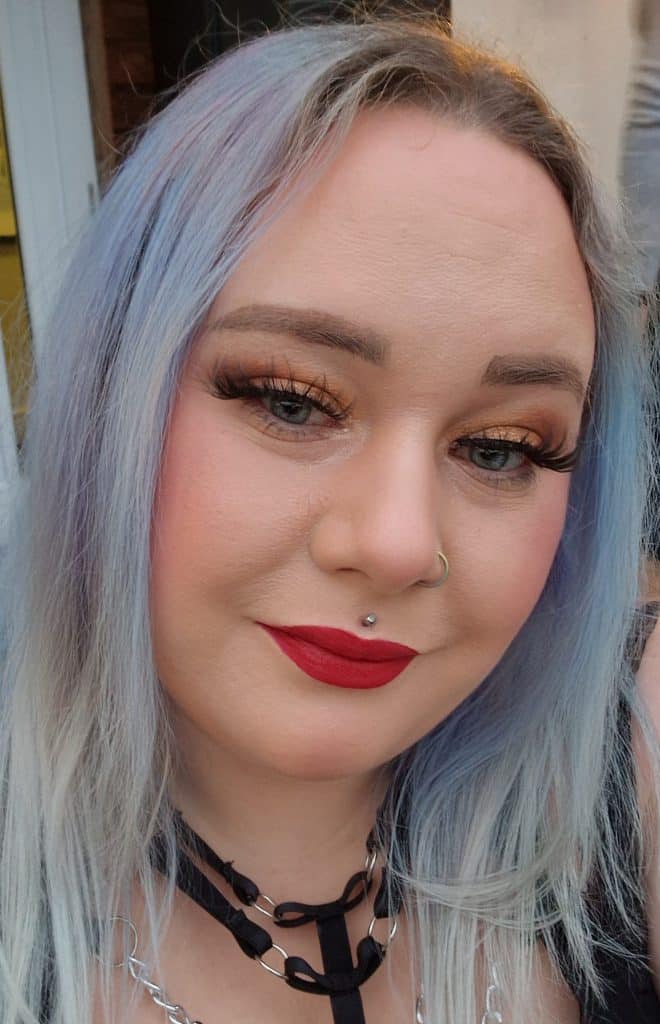We’re all human beings, not just numbers
Today our colleague Clara Eden-Thompson writes about the rise in homophobia and transphobia and the impact this is having on all of us.
Trigger warning – this article contains references to hate crime and violence from the outset.

Frozen still, my shoulders shuddering, my stomach sunk, feeling nauseous, the beads of sweat from my forehead stinging my eyes. I had just heard the news. Yet another trans life lost. On 11 February 2023, 16 year-old Brianna Ghey was found stabbed to death in Warrington, UK. Why? Because she existed as a transgender girl.
As a cisgendered teenager, I was allowed the privilege to explore who I was as a person, develop my own philosophies, and get to know my changing body. At no point did I ever fear for my life just for being and finding myself. Brianna was not afforded that same grace. Instead, like many other trans and gender diverse people, she was murdered.
I’m not going to cite statistics here about the rise in transphobia and homophobia, after all we are human beings, not just numbers. But if that does interest you, you can read the latest government hate crime report, which is a good place to start. Instead, this post takes a more empathetic approach which explores the real-life experiences of LGBTQ+ people and communities, and the impact the salient rise in transphobia and homophobia has had on them.
The role of politics and social media in spreading homophobia and transphobia
Most recently, political decisions have fuelled the fire on transphobia and homophobia. For example, the recent legislation passed in Tennessee, USA, has banned ‘female and male impersonators’ from public places where minors may see them, making the assumption that exposure to drag (an important part of queer culture) or any type of public queer expression is harmful to children.
This started a wave of queer-phobic rhetoric that, with the help of social media, has spread quickly all over the world. As a queer woman and drag artist myself I can tell you first-hand how devastating it has felt to be faced with constant attacks every time I open my phone. I’ve had to repeatedly justify my own existence to people suggesting, for example, that I am a child groomer or that I am dangerous to society.
Acts of homophobia and transphobia offline
We have recently seen an increase of anti-LGBTQ+ protests being held outside queer events, especially those aimed at family audiences, which put all in attendance in danger of verbal or physical abuse. This is a recent development in the UK where anti-LGBTQ+ groups are actively seeking out opportunities to oppress our communities in person -something that was rare in this country previously.
An example closer to home from July 2023 was the Bristol Pride billboard being set alight less than 24 hours after it was put up. Additionally, a recent picnic in Bristol organised by Trans Pride Southwest was interrupted by people shooting at participants with pellet guns. This has been investigated as a hate crime. These are just two examples of homophobic and transphobic acts aiming to harm, intimidate, elicit fear, or traumatise queer individuals and communities.
Collective trauma
I often find myself sobbing my eyes out at the news or in response to something anti-LGBTQ+ I have read. I frequently experience that same feeling described at the beginning of this article when I hear news such as Brianna’s. Why? When homophobic or transphobic behaviour targets a person or group, no matter where they are, as a queer community we all feel that pain. When I hear of trans lives being taken, I worry for my trans and gender nonconforming friends. When I read about countries where being queer is illegal and even carries the death penalty, I feel for all the people living in fear. I feel fear thinking about what might happen to me if I was to live as openly as I do in such countries.
Every case of homophobic or transphobic behaviour affecting our communities reinforces to us all that it has become increasingly unsafe to be queer today. We experience that trauma collectively as a community, no matter the intended target.
How can we better support our LGBTQ+ clients and colleagues?
Equality does not mean treating everybody the same, in fact treating people the same wouldn’t be a very psychologically and trauma informed way of working with people. The best way to support any LGBTQ+ person you work with is to consider not just individual difficulties, but the difficulties faced in the wider communities that they are part of and exposed to.
We all hold ignorance, but we have a responsibility to challenge this by recognising the things we know little about and educating ourselves.
If you don’t know where to start, you can find some great resources and research from Stonewall, including information on active allyship. They also run training on inclusive workplaces.
LGBTQ+ support in Bristol and the Southwest
Visit Bristol Pride’s online directory to find organisations and services who support the LGTBQ+ community in Bristol and the Southwest with all kinds of issues, including mental health, physical & sexual health, homelessness, disability, discrimination and inequality.
Read next…
-
Equitable care for All: The LGBTQ+ healthcare evolution
To coincide with LGBTQ+ History Month, our colleague Terry Starr has taken the time to reflect on this year’s theme of medicine, exploring historical discrimination in healthcare, and current efforts for equitable healthcare provision.
